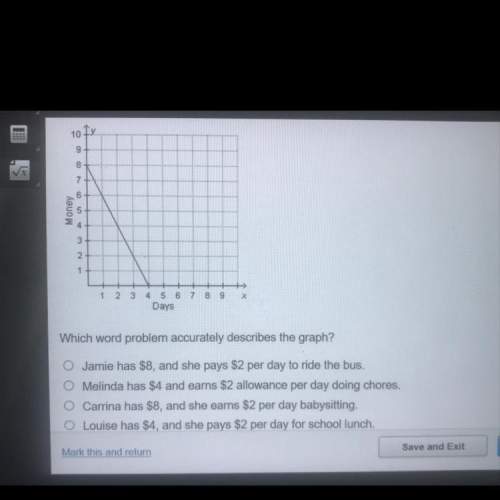
Mathematics, 07.05.2021 22:30 krog79
A parallelogram that is not a rectangle is graphed on a coordinate plane. The diagonals of the parallelogram intersect at (5, -0.5).
The coordinates of one of the endpoints of one of the diagonals are (1, -3).
• What are the coordinates of the other endpoint of the diagonal with endpoint (1, -3)? Explain your reasoning.
. What could be the coordinates of the endpoints of the other diagonal? Explain your reasoning.

Answers: 2


Other questions on the subject: Mathematics


Mathematics, 21.06.2019 16:30, angelisabeast5430
Sam claims that cos x =sin y if x and y are congruent angels. is sam correct ?
Answers: 2

Mathematics, 21.06.2019 21:30, jbismyhusbandbae
100 points? me its important ‼️‼️‼️‼️‼️‼️‼️‼️‼️‼️‼️
Answers: 1
You know the right answer?
A parallelogram that is not a rectangle is graphed on a coordinate plane. The diagonals of the paral...
Questions in other subjects:








Biology, 07.07.2020 17:01


History, 07.07.2020 17:01




